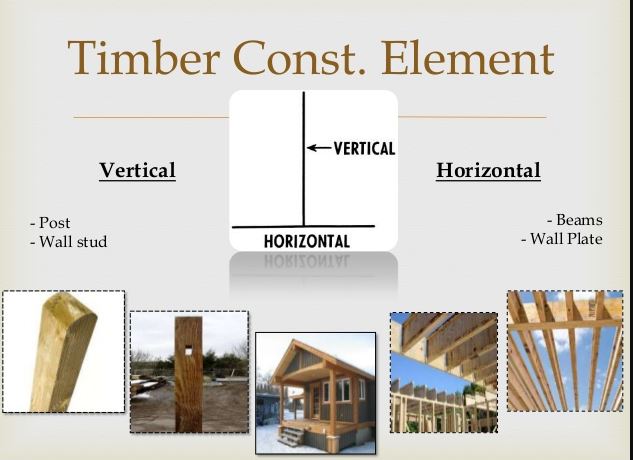The Reasons Why Timber Is Selected As A Structural Component In Construction Projects (2013)
Timber as a Structural Element Dissertation – Timber has been used as a construction material since the beginning of recorded history. Over the past 100 years its use as a structural element in large scale commercial or industrial buildings has fallen dramatically when compared to steel or concrete. An investigation into the properties and physical characteristics of timber has shown that with careful detailing and specification it can be used in almost any situation that steel or concrete is currently used in.
It has also been demonstrated that timber is the most sustainable of the main construction materials provided it is produced under the auspices of the accredited certification schemes. This has led the researcher to question why it is not specified more often in the UK construction industry. A questionnaire was sent out to determine the attitudes to practitioners from several disciplines towards the use of timber as a structural element.
The results showed that timber is used less often than steel or concrete and the results show that in theory timber is suitable for most structural elements of a building; in practice it is rarely used due to the perceived difficulty in design and on site construction of the timber elements compared to similar steel or concrete designs. It is suggested that further research be conducted to establish if the actual difficulties in design and construction match the perceptions of the designers and contractors expressed in this research.
It is further suggested that detailed research into the relative costs of timber, steel and concrete would identify whether the perception that ‘timber is an expensive option’ is true. The overall aim of the research is to compare timber with steel and concrete when used as a structural element. It is anticipated that the research will demonstrate that timber can replace steel or concrete as a structural element under certain circumstances and will attempt to establish why it is not more commonly used. Dissertation objectives;
- Evaluate the physical characteristics of timber, focusing particularly on its use as a main structural element, comparing the properties to similar steel and concrete elements
- Identify whether the perception that timber is rarely used in commercial or industrial buildings is correct
- After establishing whether objective 2) is true, identify a trend which indicates why timber use is rare or, if 2) is false, the reason why there is the perception
- Establish whether the results of the research would have an influence on the choice of materials in the future
- 11,000 words – 38 pages in length
- Excellent use of literature
- Good analysis of subject area
- Well written throughout
- Includes questionnaire
- Ideal for construction management students
1 – Introduction
Background to the Problem
Research Goals
Aim
Objectives
Outline Methodology of the Research
2 – Literature Review
Selecting Materials for Structural Elements
Historical Trends in Selecting Materials for Structural Elements
National Building Standards Specifications
Standards and the Eurocodes
Advantages and Disadvantages of Using Timber as a Structural Element
Physical properties
The Environmental Argument
Economic Considerations
Summary of the Literature Review
3 – Research Method
Questionnaire Design
Research Sample
The Interview
4 – Analysis Of The Results
Analysis of the Questionnaire
Summary of Questionnaire Responses
Analysis of Interviews
Material Selection and the Design Process
Performance of Engineered Timber
Sustainability
Summary of interviews
5 – Conclusions
6 – Recommendations For Further Studies
References
Appendix
Questionnaire
Transcripts

